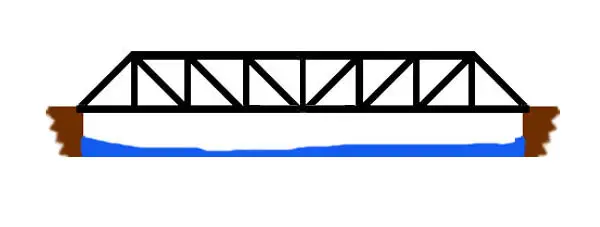A truss is considered to be a simple structure that has members that are subject to axial compression and tension. The truss generally comprises of five or more triangular units that have straight members whose ends are connected by joints or nodes. Warren truss, Pratt truss and Howe truss are 3 of the most common types that are used frequently.
Warren Truss vs Howe Truss vs Pratt Truss – comparison table
There are many differences among Warren trusses, Howe trusses and Pratt trusses. The differences are presented in a table below for better understanding.
Warren Truss |
Howe Truss |
Pratt Truss |
|
| Description | Is a series of isosceles triangles or equilateral triangles. | Has diagonal members that slant away from the middle. | Has diagonal members that slant down towards the middle. |
| Materials | Heavier steel or iron is required for the triangles to handle the compressive force. | Steel is not economical for the members that handle compressive force. | Thinner and lighter steel or iron is used for the diagonal members. |
| Shape | The diagonal beams make a “v” along the entire structure. | The downward beam attaches to vertical beam to make a sideways “z”, in the middle of the structure, an upside down “v” is formed. | The downward beam attaches to vertical beam to make a sideways “z”, in the middle of the structure, a “v” is formed. |
| Ease of Construction | Very easy and quick to build. | Longer build time, more complex construction. | Longer build time, more complex construction. |
Related: The amazing history of modern bridges
The Warren Truss is usually the most common type of truss used in bridge construction simply because it takes less time to build and less materials needed. The compression of the truss is easy to see and troubleshoot should the need arise. The Howe Truss and the Pratt Truss are also used quite a bit in bridge construction. These two types of trusses are very similar in time and materials required. The major difference is the placement of the diagonal beams as one goes towards the middle and the other truss goes away from the middle.



When determining which truss is best for a project, it is generally best to look at the weight of the bridge, the length of the bridge as well as the anticipated traffic. The Howe and Pratt trusses are most stable when they are 250 feet or less.
